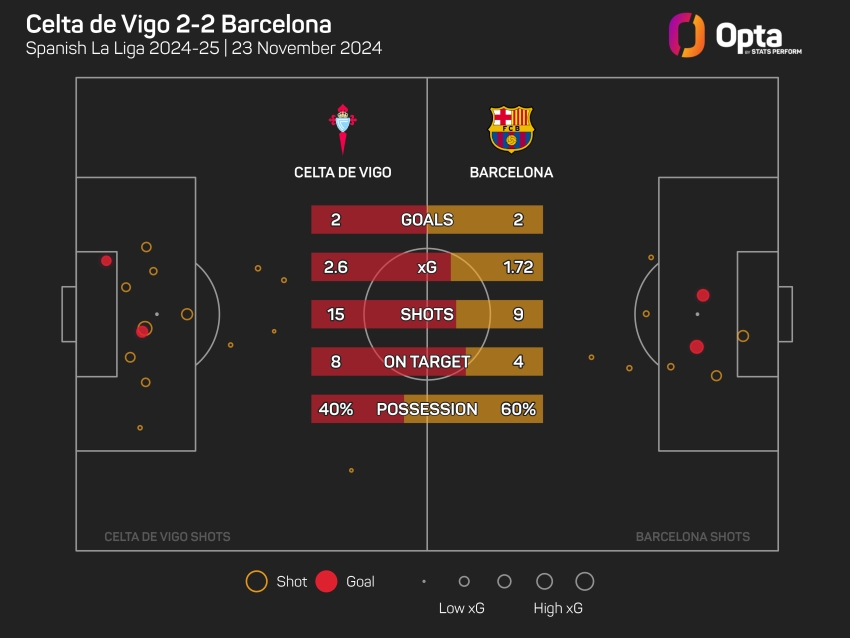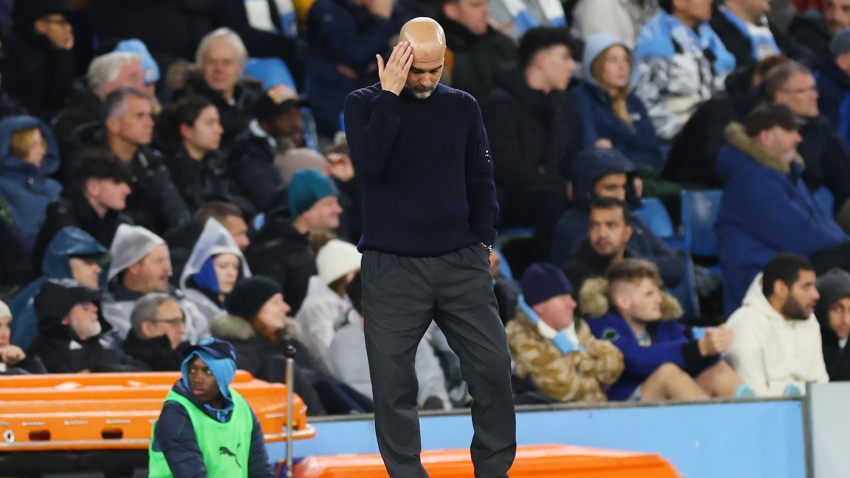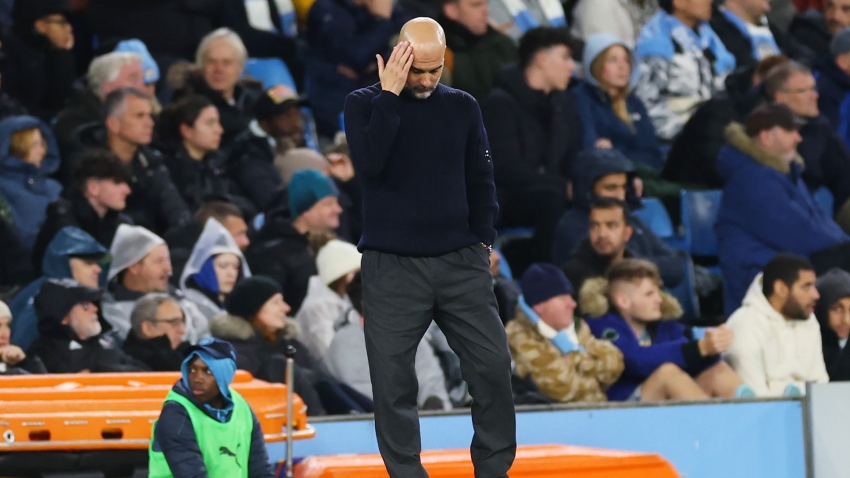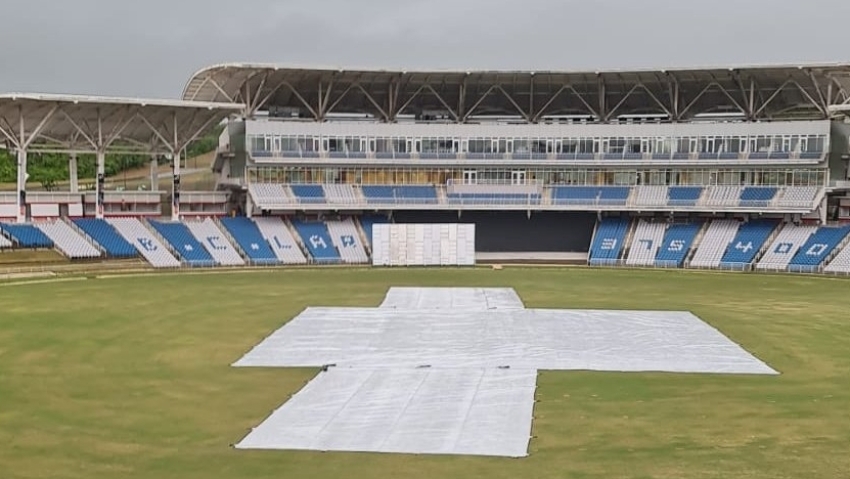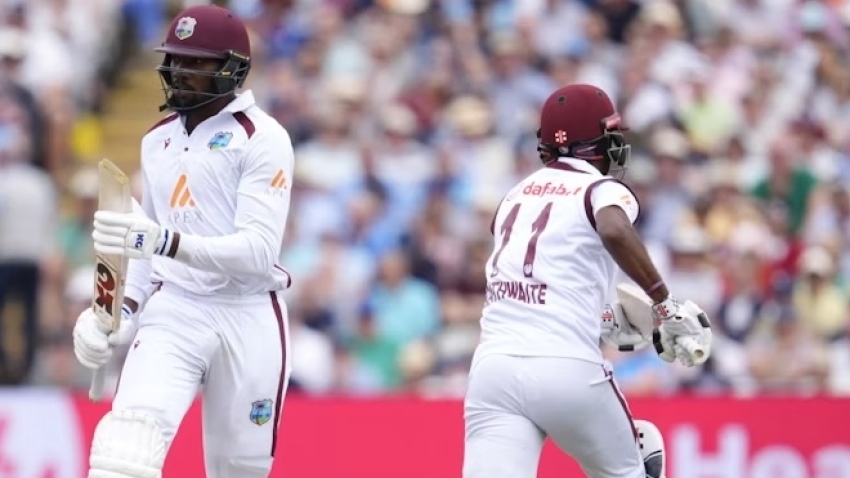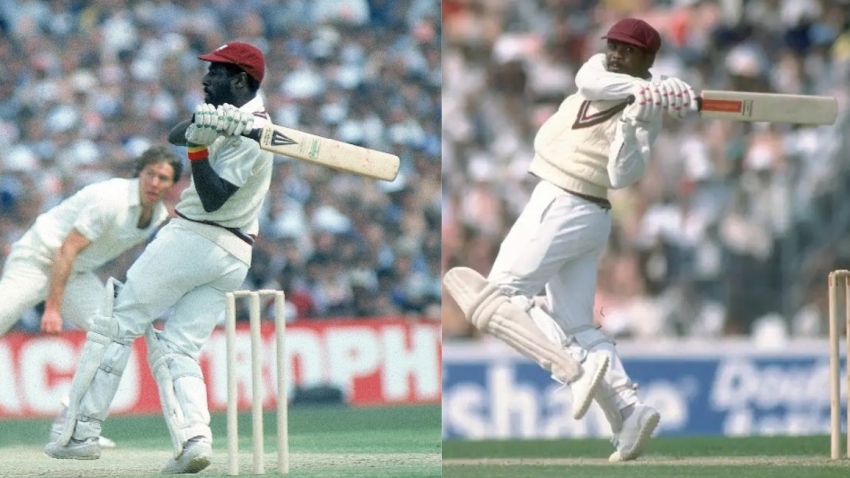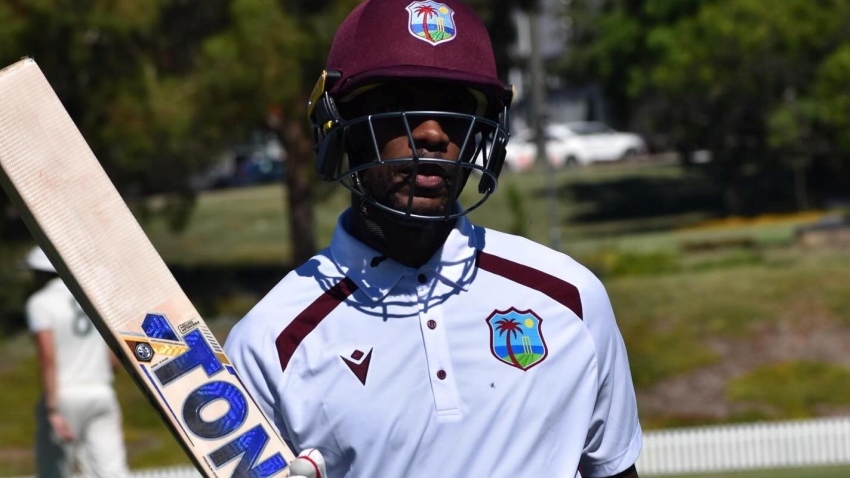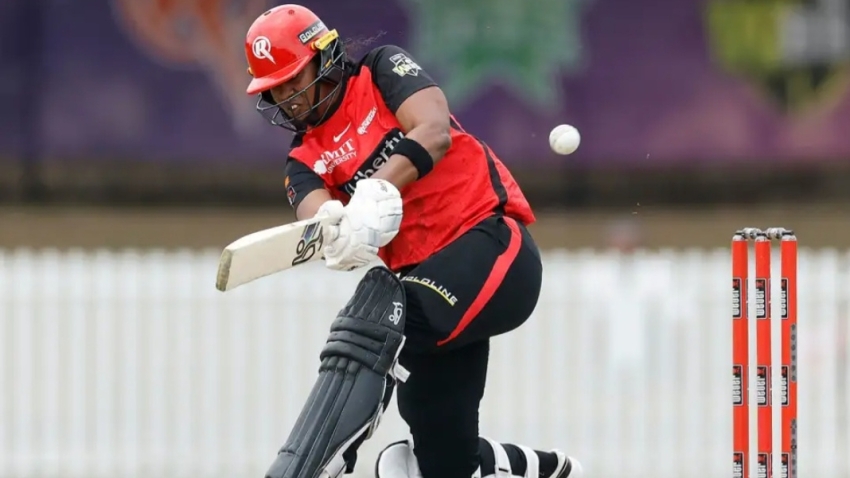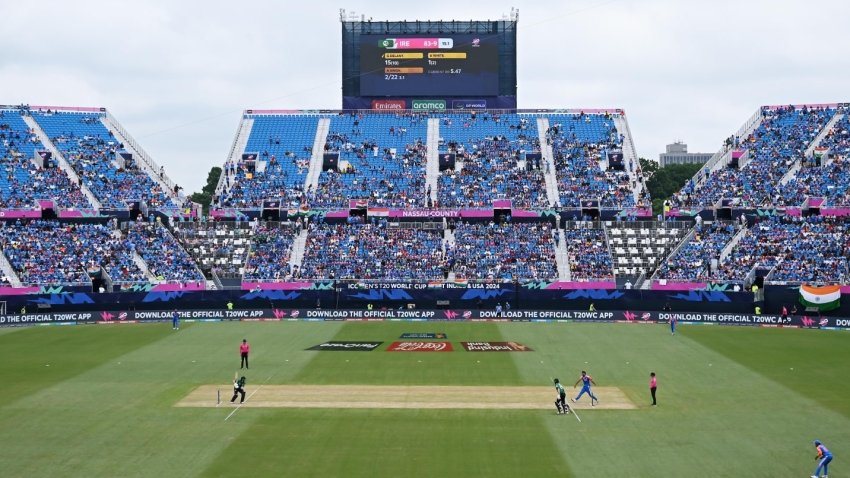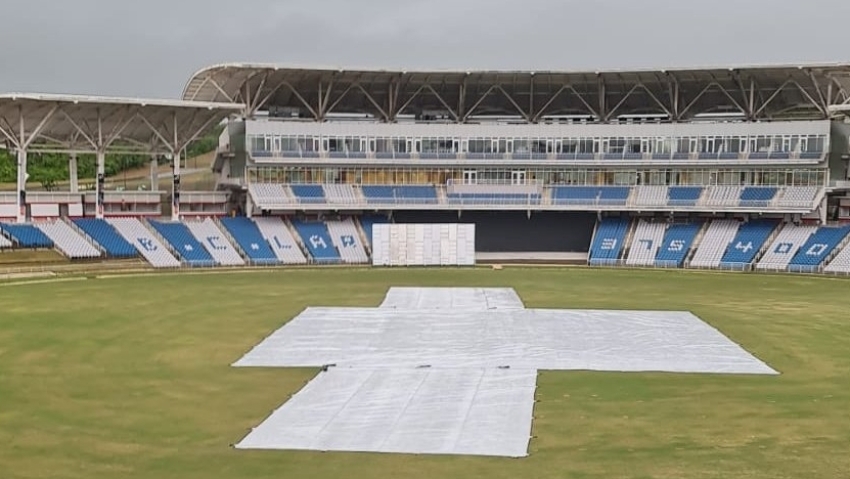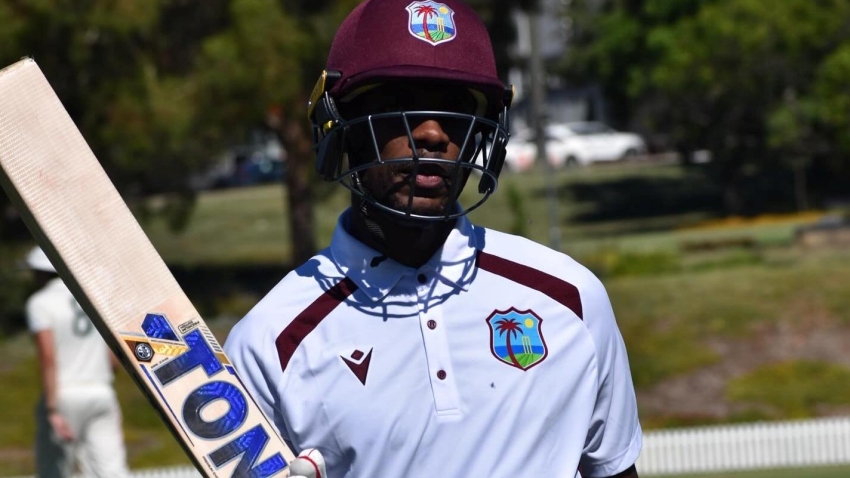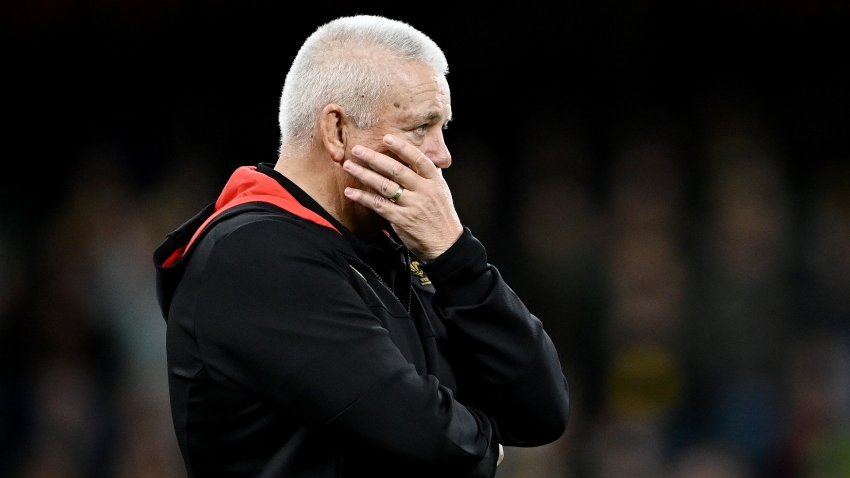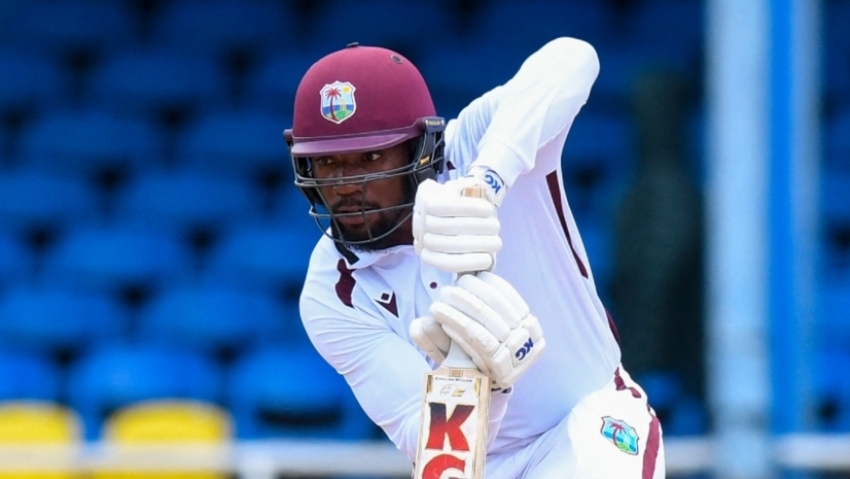he International Cricket Council (ICC) has promised ground staff will try to “remedy” ongoing problems with the drop-in pitches at its showcase ground in New York.
Cricket’s world governing body publicly acknowledged for the first time since the T20 World Cup began that there have been teething issues with the surfaces.
While players and coaches have so far refused to criticise the pitches at the venue, BBC Sport understands India has privately voiced their unhappiness with the unpredictable bounce and two-paced nature of the strips in Eisenhower Park amid worries over the safety of their batters.
“The ICC recognise that the pitches used so far at the Nassau County International Cricket Stadium have not played as consistently as we would have all wanted,” the ICC said in a statement.
“The world-class grounds team have been working hard since the conclusion of yesterday’s game to remedy the situation and deliver the best possible surfaces for the remaining matches.”
Concerns have grown over the unpredictable nature of surfaces after the first two fixtures played at the venue.
On Monday, Sri Lanka were bowled out by South Africa for 77 – their lowest score in T20s – while India dismissed Ireland for 96 on Wednesday.
India play Pakistan on Sunday at the venue in Eisenhower Park in one of the most eagerly-anticipated fixtures of the tournament with a capacity crowd of 32,000 expected.
ICC officials have maintained there are no contingency plans in place to switch any of the New York games to venues in Florida or Texas, both of which have natural turf strips.
The US is staging 16 of the 55 matches at the T20 World Cup, which it is co-hosting with the West Indies.
The pop-up stadium in New York cost $32 million to construct and was built inside eight months to much fanfare from the tournament organisers.
Six of the trays which transported the soil for the 10 Tahoma grass surfaces came from Australia before being shipped to Florida where the pitches were cultivated.
The soil variety has a high clay content, similar to the pitches in Adelaide.
They were then transported to New York by road and installed a few weeks before the tournament began.
The outfield is made up of Kentucky bluegrass, grown at a farm in New Jersey, on top of sand.
There was discontent with the pitch after Monday’s opening match in which South Africa were able to stroll to their victory target against Sri Lanka with 22 deliveries remaining, while India had 46 balls left when they hit the winning runs in another low-scoring match against Ireland.
It has meant the toss in New York has become pivotal in determining the outcome of the match, with the team bowling first at an advantage.
Batters have had to fend off short-pitched bowling, with balls climbing off a length while others skid along at ankle height through to the wicketkeeper.
A clear diagnosis for the problems has not yet been identified.
Similarly, the sizes of the boundaries – 75m and 65m on each side, and 71m straight – and slow outfield have inhibited run scoring with the boundary ropes unable to be pulled in because of ICC tournament guidelines.
As a result, the cricket spectacle delivered by both games so far has been largely underwhelming.
India fans were even cheering for Ireland at one point during their eight-wicket win, hoping the length of the game would be extended so they could see more of their team batting in the second innings.
Concerns have also been raised about the six pitches laid at the net training facility in nearby Cantiague Park.
Earlier this week, South Africa’s batters opted for throw downs as opposed to facing their own bowlers, and local net bowlers, because of injury worries.






